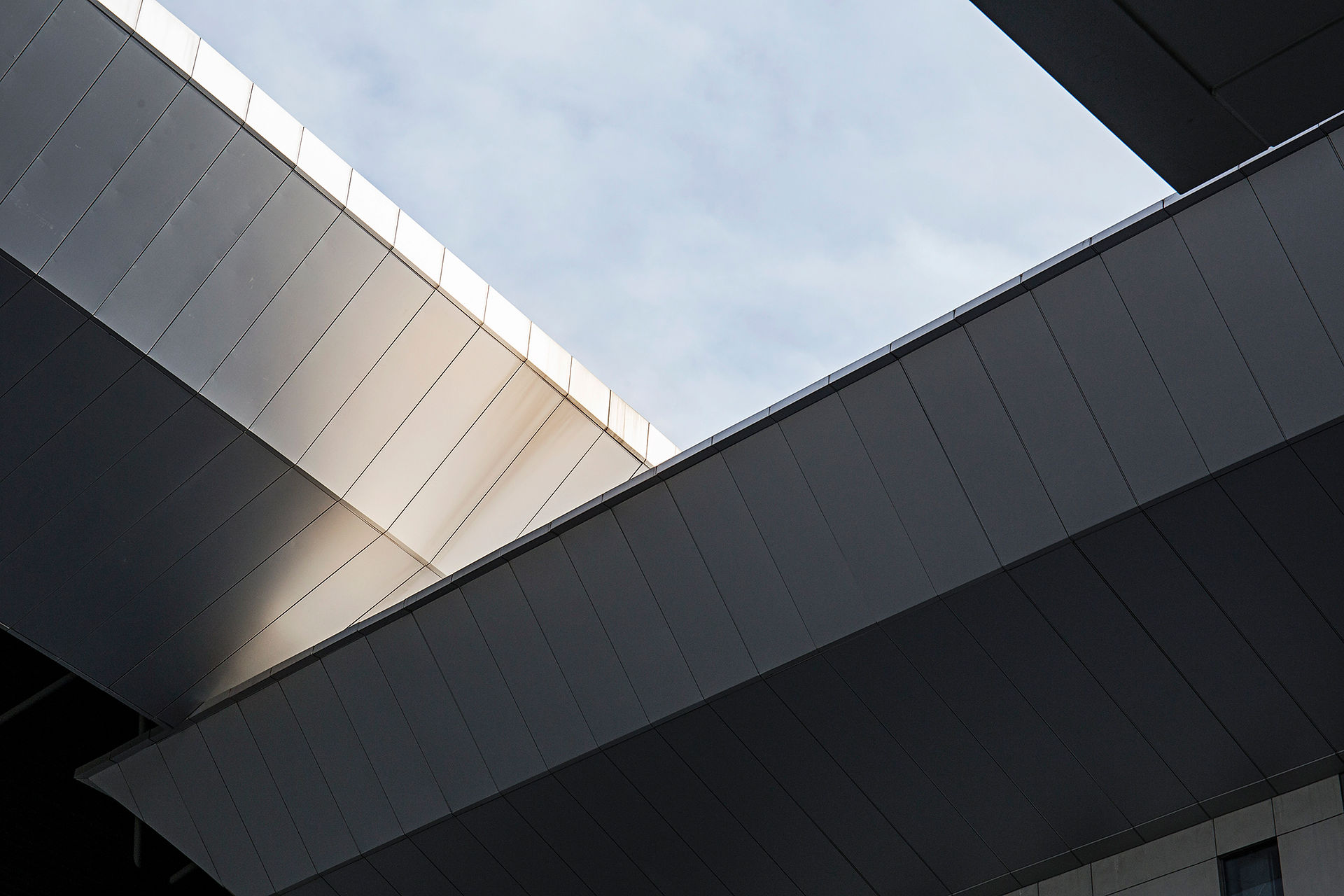Maximizing PV Subsidies and Savings: Your Guide to Swiss Solar Incentives 2025 with Solskin
- Daria Marti
- Jul 9
- 4 min read
In our previous blog post, we explored the energy regulations for photovoltaic systems and how Solskin is uniquely positioned to meet these requirements. Today, I’d like to shift the focus to you, the building owner, and highlight how these regulations are not just obligations — but opportunities.
In addition to the legal mandates, the Swiss Confederation, cantons, and municipalities offer a wide range of financial incentives to encourage the adoption of photovoltaic systems. These subsidies and benefits can significantly reduce your initial investment costs and lead to substantial long-term energy savings — turning compliance into a smart, forward-thinking investment.

Subsidies
At the federal level, Pronovo AG administers the one-time investment subsidy (Einmalvergütung, EIV) for photovoltaic (PV) systems. This subsidy is calculated based on the system’s size, type (roof, facade, or free-standing), and technical specifications. Specifically, a basic contribution and a performance-based contribution are paid per installed kilowatt (kW). The total subsidy covers up to 30% of the investment costs of reference systems relevant at the time of commissioning. The exact remuneration amounts are detailed in Appendix 2.1 of the Energy Promotion Ordinance.
In addition to federal support, many cantons and municipalities offer further incentives, such as rebates, planning assistance, and targeted funding for sustainable construction projects. These local programs can significantly enhance the financial viability of PV installations.
It's important to note that to be eligible for the EIV, the subsidy application must be submitted before the system is installed. This ensures that the project qualifies for the available funding and complies with the necessary administrative procedures.
At Solskin, we not only understand these funding opportunities — we calculate your potential reimbursement and handle the full preparation of all required documentation, ensuring you receive the maximum support available with minimal effort on your part.
Solskin is your trusted partner throughout the entire project lifecycle:
Regulatory Compliance Support: Our experts ensure full alignment with federal and cantonal laws, maximizing your eligibility for subsidies and preventing costly delays.
Design & Installation: We manage everything from system planning and engineering to installation and commissioning — always with an eye for architectural detail and energy optimization.
With Solskin, you're not just installing a PV system — you're investing in a streamlined, future-ready solar solution backed by legal, technical, and financial expertise.
Tax deduction
In Switzerland, the costs associated with installing a photovoltaic (PV) system are, in most cantons, tax-deductible. This means that the full investment — including equipment and installation — can be deducted from your taxable income in the year of the installation, provided the system is mounted on an existing building. This deduction applies across all levels: federal, cantonal, and municipal. It’s an effective way to improve the return on your investment and reduce the financial burden of transitioning to solar energy.
However, there are exceptions. Notably, the cantons of Lucerne and Graubünden currently do not allow for such deductions, which is important to consider when planning your investment.
The actual amount of tax savings you receive depends on several factors: your total income, the amount invested in the PV system, and the tax regime of your specific canton. Switzerland does not offer a fixed national deduction rate. Instead, the benefit is tied to your marginal tax rate — the percentage applied to your last taxable franc of income.
For instance, a person earning CHF 150,000–200,000 annually in Zürich can expect a marginal tax rate of around 20% to 24%. With an investment of CHF 30,000 in a PV system, this could translate into tax savings of approximately CHF 6,000 to CHF 7,200. In a typical case with a 23.5% marginal rate, the deduction would amount to CHF 7,050. For higher-income individuals, the savings could be even more significant.
Tilt Angle Bonus
Owners of facade-integrated PV systems like Solskin can also benefit from the Neigungswinkel-Bonus (Tilt Angle Bonus) — a financial incentive available for solar panels installed at steep angles of 75° or more. This bonus is particularly valuable for urban environments, where roof space is often limited, but vertical surfaces are plentiful.
For Solskin, this incentive aligns perfectly with our core mission: to make solar energy generation possible on all building surfaces, especially facades. With Solskin, you're no longer restricted to rooftops. Instead, facades become energy-producing assets, turning otherwise unused vertical space into clean power — all without compromising the building’s appearance.
Grid Fee Exemptions & Energy Communities: Boosting Solar Profitability
You can also take advantage of grid fee exemptions for any electricity consumed on-site — reducing your operating costs — and sell any surplus to your grid operator at guaranteed rates. For those participating in local energy communities, grid usage fees can be reduced by up to 40%, making collaborative solar models even more attractive.
Solskin: Designed for Switzerland’s New Energy Era
With high-efficiency PV panels and premium materials, Solskin delivers top-tier energy performance and sleek aesthetics. Its modular design integrates easily across facades — even windows — turning buildings into energy-generating assets.
Built to withstand harsh alpine climates, it suits both urban and high-altitude settings. Whether for new builds or retrofits, Solskin ensures clean energy without compromising design.
We simplify the complexities of Swiss energy laws and subsidies — from calculations to compliance — helping you maximize your return, both practically and financially.
Look more into services that we provide:
This article is part of our ongoing series on regulations and solar incentives across Switzerland. In future posts, we’ll dive deeper into specific cantonal programs, and provide step-by-step guidance on how to plan your project, submit applications on time, and maximize both subsidies and tax benefits.
Stay tuned — and let Solskin power your path to smarter, more sustainable architecture.




Comments